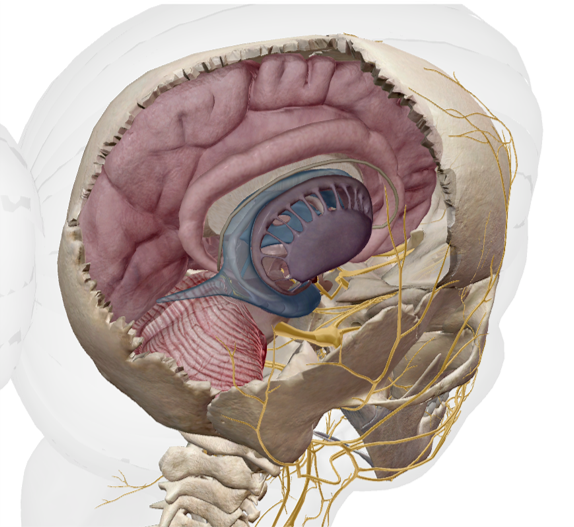Feeling Good Inside and Out:
How Being Aware of Your Body Can Boost Your Emotions
Ever noticed how your body
feels when you’re stressed or super happy? Maybe your shoulders get tense
during a rough day, or you feel a warm buzz in your chest when you’re excited.
That’s the mind-body connection in action! Today, we’re talking about interoception
and how it can help you feel better emotionally and physically. Let’s keep it
simple and straightforward!
What’s Interoception?
Think of interoception as
your internal radar—it’s the way your body keeps track of what’s going on
inside. It picks up signals like hunger, heartbeat, breathing, and even body
temperature. This radar helps you stay balanced and healthy by letting you know
when something needs attention.
How Your Brain Helps
Several parts of your brain
work together to process these internal signals:
- Insular Cortex (Insula):
This is like your body’s translator, helping you understand signals from your
organs (like your heart or stomach).
- Anterior Cingulate Cortex
(ACC): Teams up with the insula to make sense of these signals, especially when
they relate to emotions.
- Somatosensory Cortex: Maps
out physical sensations like touch, pain, and temperature.
- Prefrontal Cortex: Helps
you decide how to respond to these sensations.
- Limbic System: Involves
emotions and memory.
- Brainstem: Manages vital
functions like breathing and heart rate.
Why Interoception Matters
Emotional Balance
Interoception helps you
recognize and manage emotions by tuning into your body’s signals. For example,
if you notice your heart racing when you’re anxious, you can take deep breaths
to calm down.
Stress Less
Noticing early signs of
stress, like shallow breathing or muscle tension, can help you address stress
before it spirals out of control. This can prevent long-term health issues.
Being Mindful & Aware
Practices like mindfulness
meditation often involve focusing on bodily sensations, which enhances both
mindfulness and interoceptive awareness. This can create a sense of calm and
balance.
Differences Between Interoception and
Mindfulness
Let’s break it down simply:
- Interoception: It’s all
about sensing and understanding your body’s internal signals. Think hunger,
heartbeat, and breathing.
- Mindfulness: It’s about
being present in the moment, noticing your thoughts, emotions, and surroundings
without judgment.
Both are super useful for
your overall well-being. Practicing them together can give you a more holistic
approach to health, combining mind and body.
How We
Help
In our Cranio Selfcare4Health
workshop, we teach both interoception and mindfulness techniques. These
practices can greatly boost your health and well-being by helping you tune into
your body’s signals and stay present.
Wrapping It Up
Interoception is a fantastic
way to understand and respond to your body’s signals, leading to better
emotional balance and overall well-being. By adding practices like body scan
meditation, breathwork, state of balance awareness, and craniosacral sensing to
your daily routine, you can feel more connected and balanced.
Remember, your body is always
talking to you—take a moment to listen!
Join Our Workshop
Now that you know the
benefits of interoception and mindfulness, why not take the next step? Join us
at our Cranio Selfcare4Health workshop. . Learn these powerful techniques in a supportive environment and take
a major step towards better health and well-being.


